Introduction to Hydroxypropyl Methyl Cellulose (HPMC)
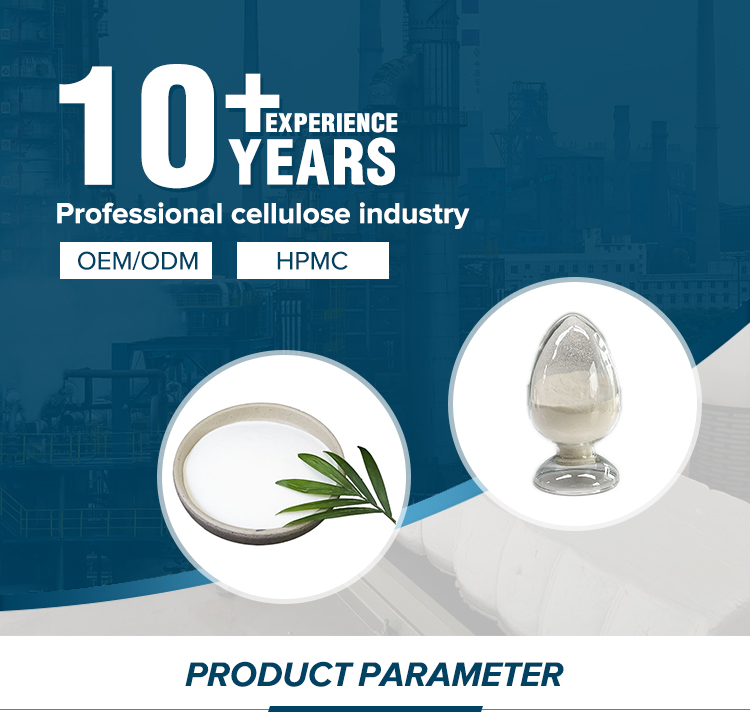
Hydroxypropyl Methyl Cellulose (HPMC) is a versatile chemical additive widely used in the construction industry. As a derivative of cellulose, HPMC offers exceptional properties such as water retention, film-forming ability, and adhesion, making it an essential component in cement mortars, tile adhesives, and plaster additives. This article explores the technical specifications, application scenarios, and advantages of HPMC, while also providing insights into its company background and industry relevance.
Core Features of HPMC
HPMC is characterized by its white or milky white powder appearance, which is typically soluble in water and certain organic solvents. Its particle size is meticulously controlled, with a 100 mesh pass rate of over 98.8% and special specifications ranging from 40-60 mesh. The apparent density of HPMC is between 0.25-0.70 g/cm³, with a specific gravity of 1.26-1.31. These properties ensure optimal performance in construction applications.
One of HPMC's standout features is its high transparency and surface activity when dissolved in water. This makes it ideal for use in ceramic tile cement and gypsum coagulant slurry, where clarity and stability are critical. Additionally, HPMC exhibits dimensional stability and mildew resistance, enhancing the durability of construction materials.
Technical Specifications Table
| Parameter | Specification |
|---|---|
| Appearance | Milky white or white powder |
| Carbonization Temperature | 280-300% |
| Color Temperature | 190-200% |
| Particle Size | 100 mesh >98.8%, 80 mesh 99.9%, 40-60 mesh (special) |
| Apparent Density | 0.25-0.70 g/cm³ |
| Specific Gravity | 1.26-1.31 |
| Solubility | Water and specific solvents (e.g., ethanol/water, propanol/water) |
Advantages of HPMC in Construction
HPMC's unique properties make it a preferred choice in construction. Its water retention ensures that cement and plaster mixtures remain workable for extended periods, reducing the risk of cracking. In ceramic tile cement, HPMC improves adhesion and fluidity, allowing for smoother application. For refractory coatings, it acts as a suspension agent, enhancing substrate adhesion and fluidity.
Another significant advantage is HPMC's dimensional stability, which prevents shrinkage in gypsum-based materials. This is particularly important in joint cement applications, where maintaining structural integrity is crucial. Additionally, HPMC's low ash content and PH stability contribute to the longevity of construction products.
Application Scenarios in the Construction Industry
HPMC is utilized in a wide range of construction applications, including:
- Cement Mortar: Enhances workability and water retention.
- Ceramic Tile Cement: Improves adhesion and reduces cracking.
- Refractory Coatings: Acts as a suspension agent and improves substrate adhesion.
- Gypsum Coagulant Slurry: Enhances water retention and adhesion to substrates.
- Joint Cement: Added to gypsum board joint cement to improve fluidity and water retention.

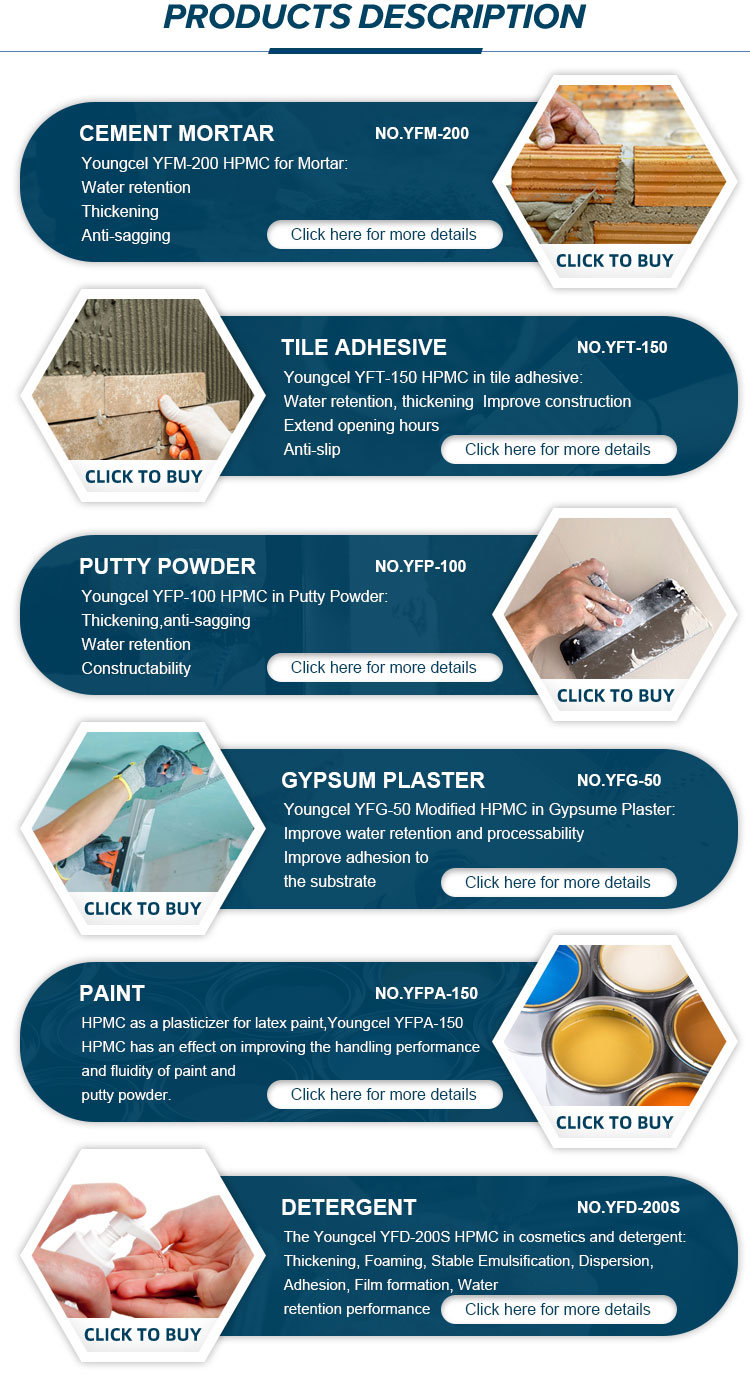
Company Background: Shijiazhuang Gaocheng District Yongfeng Cellulose Co., Ltd.
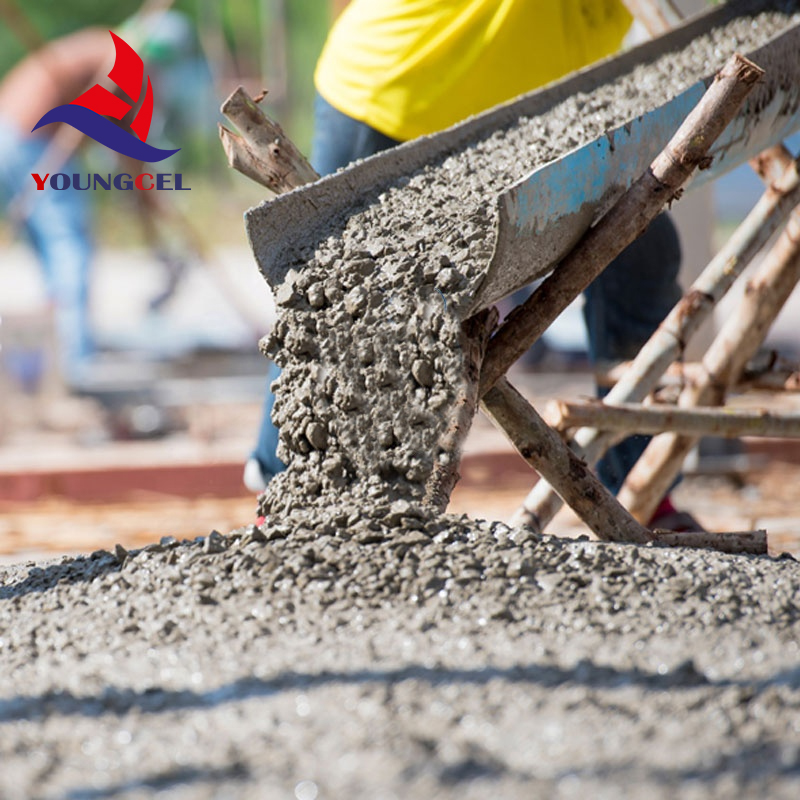
Shijiazhuang Gaocheng District Yongfeng Cellulose Co., Ltd. is a leading manufacturer of cellulose derivatives, specializing in products like Hydroxypropyl Methyl Cellulose (HPMC). With a focus on quality and innovation, the company provides chemical additives for the construction, pharmaceutical, and food industries. Their products are known for high purity (99%) and consistent performance, meeting international standards.
As a trusted supplier, Yongfeng Cellulose ensures timely delivery and technical support. Their 25KG net weight packaging is designed for convenience and efficiency, catering to both industrial and commercial needs. For more information, visit their official website.
Authoritative Citations and References
While specific NIST standards for HPMC were not found in the initial search, the National Institute of Standards and Technology (NIST) provides critical resources for material science and construction standards. For further details on HPMC and its applications, refer to NIST's official website. Additional information can be found in NIST Publications.
References:
- NIST (2023). National Institute of Standards and Technology. Retrieved from https://www.nist.gov/
Conclusion
Hydroxypropyl Methyl Cellulose (HPMC) is a vital component in modern construction, offering enhanced performance and durability. Its technical specifications, application versatility, and company support make it an indispensable material for professionals in the industry. By choosing Shijiazhuang Gaocheng District Yongfeng Cellulose Co., Ltd., users gain access to high-quality products backed by expertise and innovation.
Additional Product Images
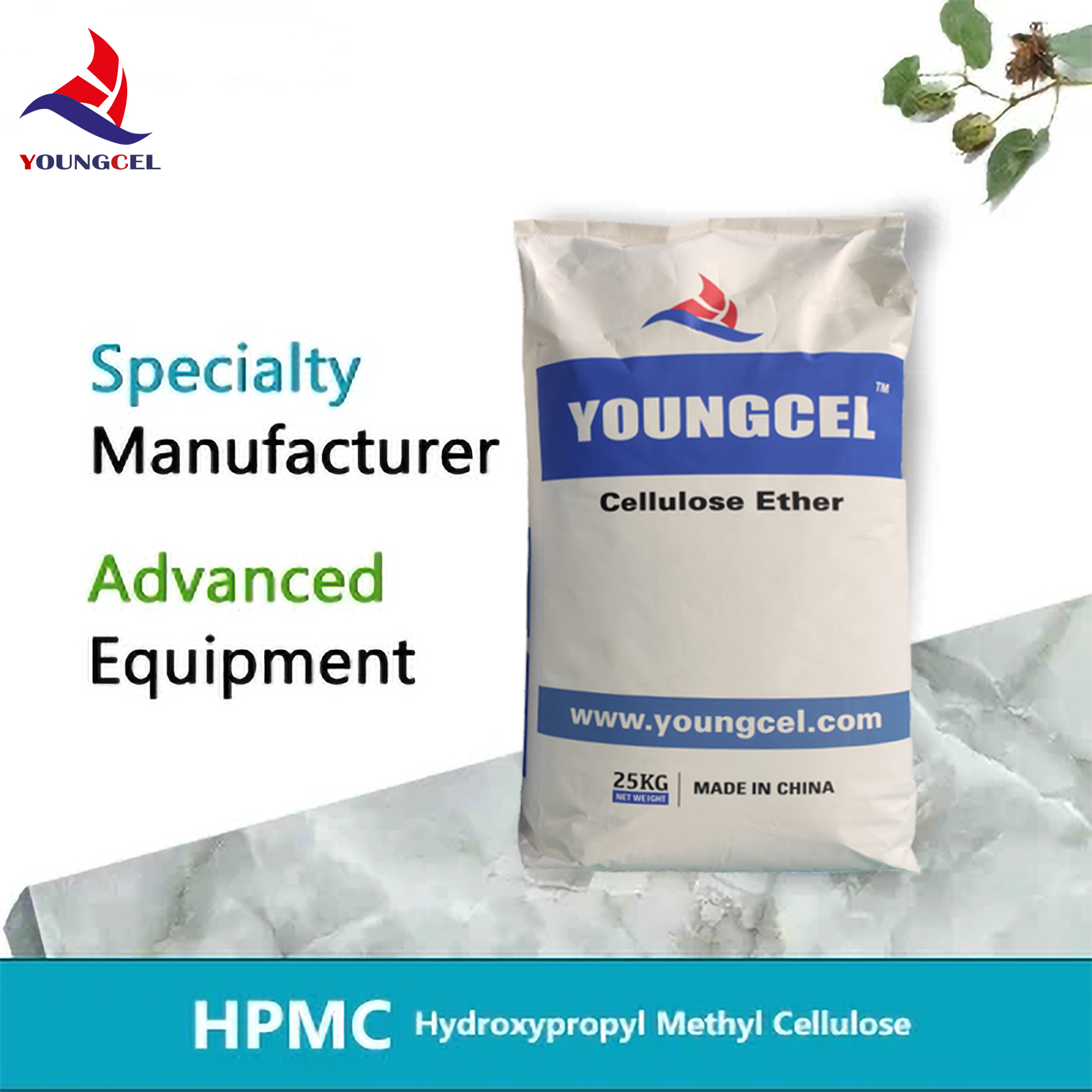
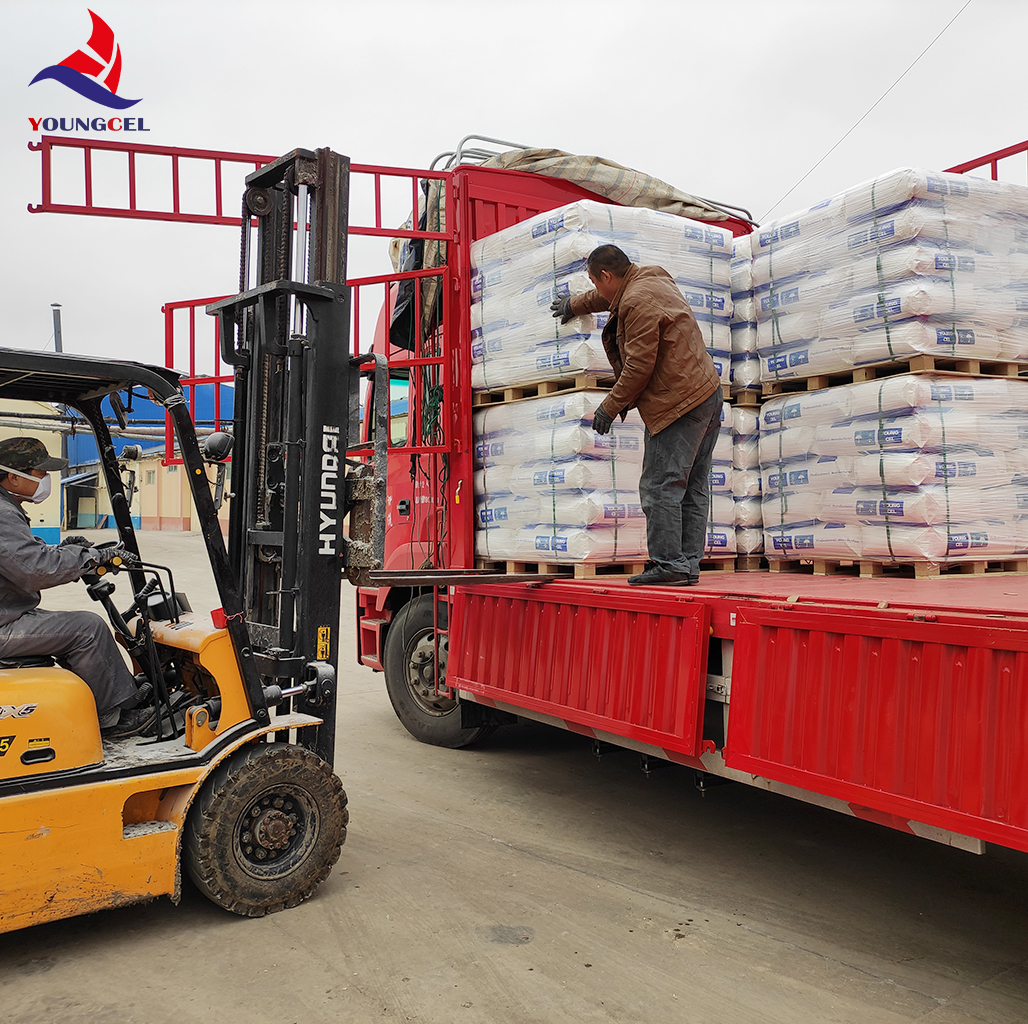
-
Understanding Methyl 2 Hydroxyethyl Cellulose: Uses, Benefits & Industry InsightsNewsNov.24,2025
-
Hydroxyethyl Methyl Cellulose HEMC: Industrial Uses, Benefits & Future TrendsNewsNov.23,2025
-
HEMC Cellulose: Versatile & Sustainable Industrial Polymer | YoungcelNewsNov.23,2025
-
Methyl Hydroxyethyl Cellulose: Versatile Building Block for Industry & SustainabilityNewsNov.23,2025
-
CAS 9032 42 2: Understanding Polyvinyl Alcohol's Impact on Industry & SustainabilityNewsNov.22,2025
-
Hydroxyethyl Methyl Cellulose: Versatile Solutions for Modern Industry and SustainabilityNewsNov.22,2025




